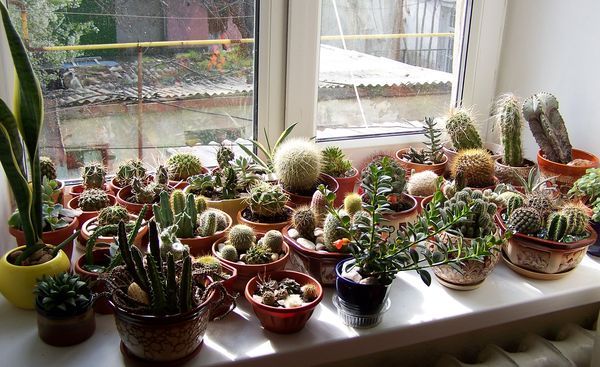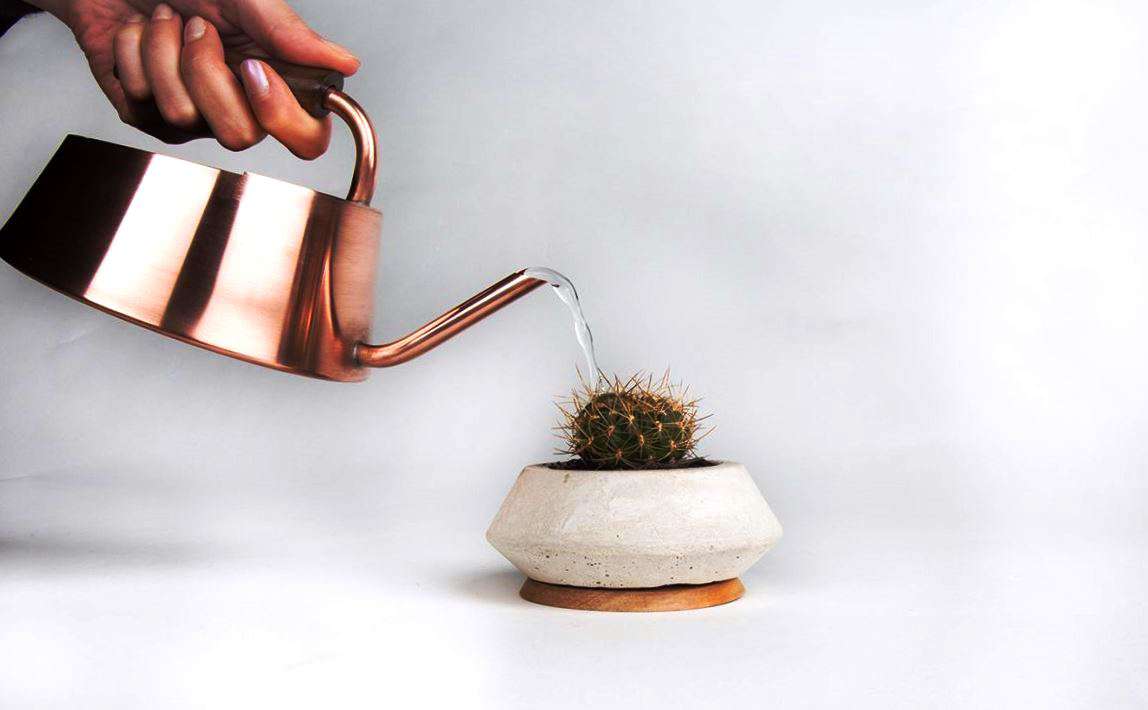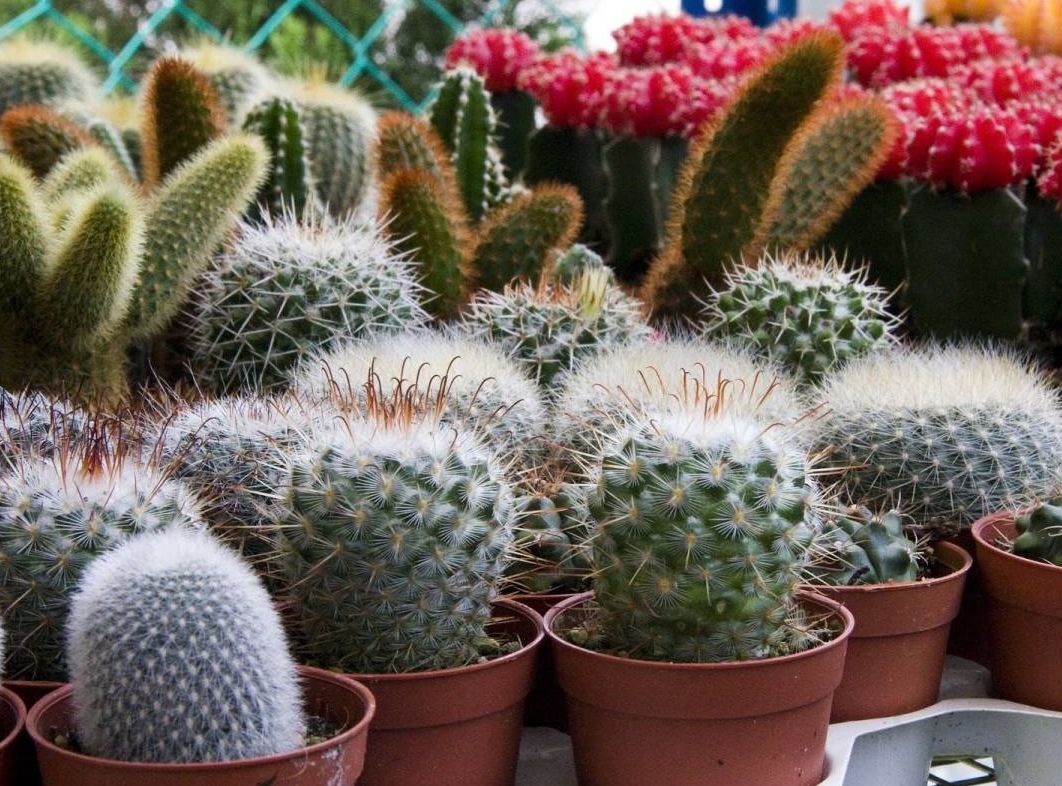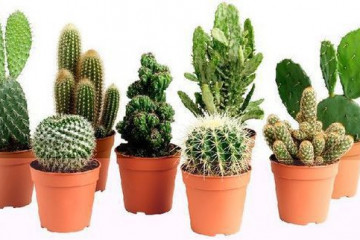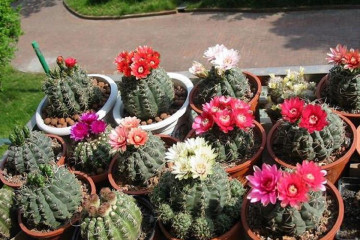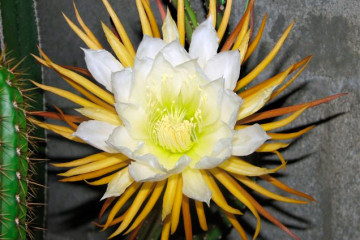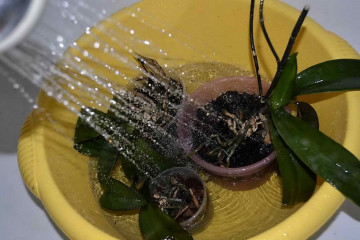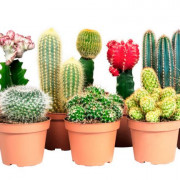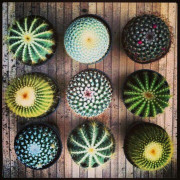How often to water a cactus: the number of times and options at home
Content:
The historical homeland of cacti is the desert lands of Central America and the tropics. The plant, accustomed to extreme heat and prolonged lack of moisture, does not differ in a special whim in care, falling on the windowsills. But for comfortable growth and flowering, he needs to create the right conditions. How often to water a cactus, what kind of water to use and what should be guided when building an irrigation regime?
Features and rules for watering a cactus
Regardless of the purpose for which they bought a cactus - breeding a large amount, decorating a windowsill with a couple of flowerpots or as a gift to a loved one - you need to remember the rules of care and watering. It is a competent strategy and systematicity that will ensure active growth, flowering and the appearance of new shoots for further transplantation.
It is especially necessary to be careful when watering succulents of flowering varieties, since a lack or excess of moisture can negatively affect the timely appearance of a healthy bud.
When choosing succulents as a home plant, you should not take them lightly and turn a blind eye to the rules of watering. Using the wrong water, excess fertilizer, or the wrong irrigation technique can cause the plant to die in a short time.
How often to water
The frequency of watering a home cactus directly depends on many factors. The most important ones are described below.
Type of plant
The seller must tell about this, as well as provide instructions for caring for a particular variety. For example, if the future pet is brought from the desert, he will not be too whimsical and water-loving. Such plants need minimal irrigation once a week and a half, and even then - only in the hot summer period.
There is nothing simpler than instructions on how to water a Decembrist or prickly pear - they are not afraid of water in any quantity. Mammillaria is also an unpretentious plant.
Succulent location
If you put a plant at home on a window located on the sunny side, or next to a powerful battery, heater, ventilation of a computer or laptop, it will require more moisture. In cooler, less lit areas, water less and less often.
Pot material
Even such a small detail affects the frequency. Ceramic and earthen pots will slightly absorb moisture, so more frequent and intense watering will be needed. There are much fewer problems with plastic and glassware.
Cactus age
If the plant is very young, it spends more nutrients from water and substrate for its development and flowering. Therefore, he needs more moisture than his older brothers.
Life cycle
When a plant begins its growing season, that is, it actively begins to grow, and an ovary appears in flowering varieties, you need to prepare for frequent watering. This is usually the period from late spring to late autumn.
Due to the relocation of the succulent to a different environment, its natural cycle may go astray, and the growing season begins in winter. The change in behavior must be closely monitored so as not to leave the plant without moisture, which is vital at this time.
Substrate condition
This is a separate and very important question when growing a healthy and strong cactus, since most of the so-called universal store substrates, in fact, contain a lot of components dangerous for the plant. Sometimes the quality of the soil simply leaves much to be desired: solid peat mass does not deliver water to the roots, and a lot of loose sand or clay, on the contrary, leads to their decay.
What water to water a cactus
Perfectly clean water in the modern world, especially in megacities, is a legend. Most houseplants will adapt over time and respond well to regular tap water. But succulents, due to the peculiarities of their origin, react painfully to the poor chemical composition of water. How can you improve performance and make watering easier?
The best way is to use collected rain or melt water. But this option requires too much effort and patience, so it is not suitable for everyone. A simpler idea is to boil and cool the water to lower the hardness and lower the pH level. So you can avoid alkalization of the soil and the negative effect of water on the root system when watering cacti.
To improve water quality and nutrition, you can use the following products:
- oxalic or nitric acid (do not forget to let stand and drain the sediment);
- succinic acid (only one percent solution is suitable);
- diluted peat;
- vinegar 9% (no more than a teaspoon per five-liter container).
Water temperature
Everything is relatively simple here: in no case should succulents be watered with cold water. It should be at room temperature, and ideally a little warmer than the air temperature. Cold and excess moisture are the two main enemies of your plant, from which cacti get sick and die.
Irrigation specifics depending on the season
Although the life cycle of a succulent is the most important indicator, a different strategy is needed in different seasons.
In autumn
Plants usually end the growing season and are preparing for "hibernation". The amount of moisture should be reduced, and the frequency of watering should be minimized - once a month will be enough.
In winter
Succulents really go into a state similar to a dream: they need to be placed in a dark, cool place, and watering should be reduced to a minimum. If in the fall the frequency of watering the cactus was once a month, then in winter it will be enough once or twice for the entire season.
In the spring
Spring awakening is rather slow, so the plants completely return to their previous state by mid-late April. The main sign that the plant is entering the vegetative period is the appearance of new needles at the top and fresh greenery.
First, you only need to slightly moisten the substrate, preferably with hot water. This will help the plant wake up faster. If the weather is sunny, and the plant is "active", you need to continue to water it gradually in the morning after the soil is completely dry.Then gradually increase the frequency of watering up to once every 7-10 days.
Ways to water a cactus
Having found out the dependence of the frequency of watering a cactus on the weather, its origin, location and other factors, it is worth understanding the technical nuances of the issue.
Watering from above
Do not pour water on top of the pot, grabbing the stem and flower of the succulent. Water should flow to the plant from the root, and the stem can only be slightly sprayed from the smallest diffuser if a lot of dust, sand or cobweb has collected on it.
You can water the cactus from above, but the main task is to protect the stem from unnecessary droplets. You will need a small, narrow-necked water container to control the water supply. With top irrigation, you need to try to give so much water that the entire lump of substrate in the pot is immediately saturated, and the water reaches the roots.
Watering the pallet
This option requires a little more preparation, but is more advantageous:
- Water is guaranteed not to hit the stem and harm the development and growth of the succulent.
- The short root system of the cactus will receive better and faster feeding.
- Mineral substances from additives and substrate will be washed out much more, providing the plant with a favorable environment for development, reproduction and flowering.
For sump watering, it is recommended to choose low plastic pots with holes at the bottom. It is better to buy a pallet with high edges so that water does not spread over the table and windowsill. In addition, depending on the size, the pallet can provide moisture from a single plant or a large collection of cacti. The main thing is not to forget that some succulents may need additional feeding or, conversely, less liquid, so it is better to place them separately.
During sump watering, it is most difficult to track how much moisture has entered each pot, so if cacti are capricious and need a separate irrigation regime, it is better not to experiment. If it is difficult to determine how wet the soil is, it makes sense to buy a special device for measuring moisture and adjust the soil moisture plan according to its indicators.
When transplanting a plant, you need to moisten the soil after transferring it to another container and leave it for a while, observing the condition. Succulents experience some stress, so they may consume less fluid.
Watering options at home
Being quite unpretentious plants, cacti do not require complex maintenance. For a comfortable process, you can purchase or independently make a neat irrigation system that will provide the soil with the required amount of moisture.
You will need a small plastic bottle, which should be placed over the plant, and a small tube - medical for droppers or regular cocktail. You need to make a hole in the bottle cap with an awl and insert a tube there. Such a simple device will protect the flowers and the cactus stem from excess moisture, and the roots will receive the required amount of water.
It is possible that choosing a way to water a cactus will take a lot of time and conduct more than one experiment. But by choosing one guaranteed suitable method, you can save yourself a lot of trouble.
When watering a cactus, the main thing is not to forget that it does not like frequent irrigation and needs much less liquid than other plants. The irrigation plan should be appropriate for the succulent variety, the characteristics of its life cycle and the season.
Do not flood the roots and water the plant often during hibernation. It is worth taking care of high-quality water and carefully watching the condition of the green pet. Compliance with these simple rules will allow the cactus to grow healthy and delight its owner for many years.
